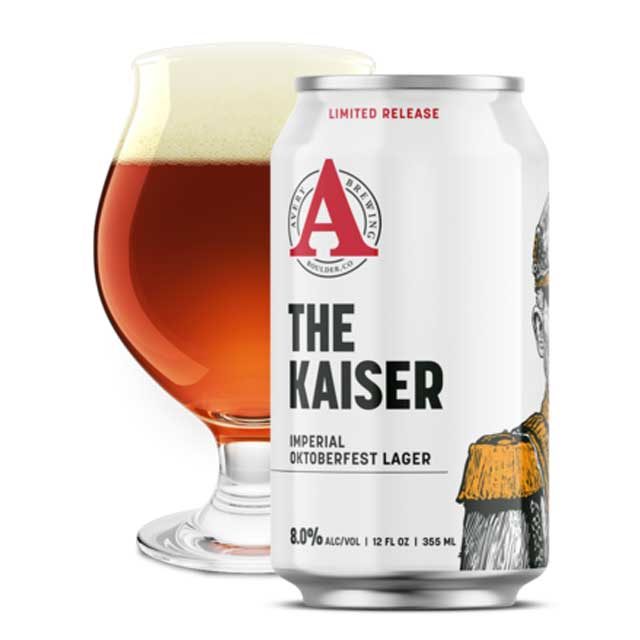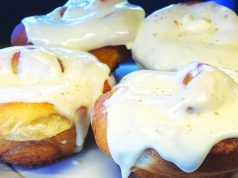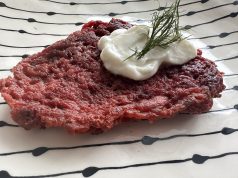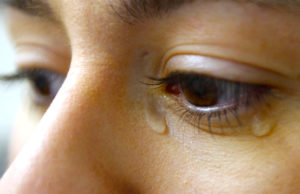
It all started with a wedding, specifically, the marriage of Ludwig, Bavaria’s future king, and Princess Therese of Saxe-Hildburghausen on Oct. 12, 1810. All of Munich was invited to the celebration, which lasted for five days. A horse race was held to mark the nuptials, and copious amounts of beer were consumed. It invoked so much national pride in the citizens of Munich that they decided to commemorate the event the following year. They named the site Theresienwiese (Therese’s meadow), and the annual tradition of Oktoberfest was born.
Running 16 days, from mid- to late-September until the first Sunday in October, Oktoberfest remains a major event on the German calendar. According to Oktoberfest.net, more than 7 million people trek to Munich for the three-week celebration, downing 6.9 million liters of beer. What kind of beer? Oktoberfest, naturally; or, officially, märzen.
Introduced by Spaten in 1841, and officially dubbed “Oktoberfestbier” in 1872, märzen (pronounced maer-zen) is a medium-body amber lager exhibiting a good deal of sweet maltiness and healthy hops. Slightly stronger than most pale lagers, typically in the 5–6.5 percent alcohol by volume range, märzen derives its name from the German word for March, März, the month when these beers are brewed. Before refrigeration, brewers cease brewing operations on April 24 because the summer heat would spoil the beer. Hence, märzen was brewed in March, stored all summer long and then tapped by the mayor at noon on the opening Saturday of Oktoberfest.
But in America, we like to get a head start on things. No doubt you started noticing this year’s batch of märzens at the start of September. Hell, if you go pick up a case or two from your local liquor store today, you’ll probably find a Christmas ale already clogging the shelves, but that’s a story for another day. Oktoberfest officially kicks off Saturday, Sept. 22, and the Centennial State has plenty for you to hoist in celebration.
Boulder Country’s best comes from Wibby Brewing, Longmont’s purveyors of lager brewing. Their Wibtoberfest is an incredibly well-balanced beer: dark amber color and sticky lacing enchant the eyes, a fresh and floral aroma tickles the nose, and roasted, sweet malt please the palate while a healthy amount of hops clean everything up.
And if you want to make a little side-by-side comparison, pour Wibtoberfest next to Spaten’s iconic Oktoberfest: perfectly translucent cola color, a frothy head of foam, a sweet flavor of caramel and just enough roast to keep things interesting. Though they are similar beers, both exhibit their respective homeland through distinct flavor profiles.
Boulder Beer Co.’s Festbier is of the pale variety, but its solid malt backbone and a hint of hops on the nose make this a perfect pair for pretzels and sausages. And for dessert, Avery Brewing Co. has The Kaiser, an Imperial Oktoberfest Lager, highlighting all the syrupy sweetness malt can provide. Prost!














